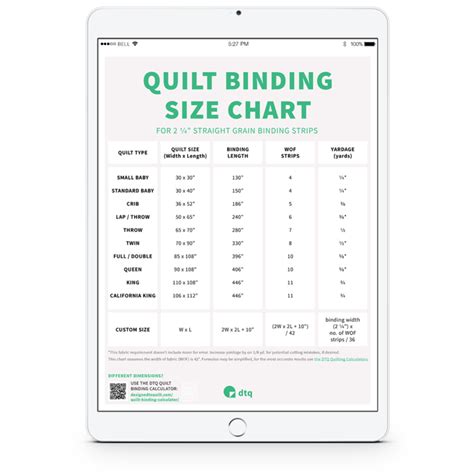Quilt Binding: The Importance of Getting the Width Right
Quilting is a labor of love, a testament to patience and precision. After meticulously piecing together your quilt top, layering it with batting and backing, and painstakingly quilting it, the final step—binding—can feel almost anticlimactic. However, this seemingly simple finishing touch is crucial to the quilt's longevity and overall aesthetic appeal. And a significant factor in achieving a professional-looking, durable finish is getting the binding width just right. This article explores why accurate binding width is so important and provides guidance on achieving perfect results.
Why is the Width of My Quilt Binding Important?
The width of your quilt binding significantly impacts the final look and durability of your quilt. Too narrow, and you risk a flimsy, uneven edge that's prone to fraying and wear. Too wide, and you'll end up with bulky, awkward seams that detract from the quilt's overall elegance. The "Goldilocks" zone is finding that perfect balance – not too wide, not too narrow, but just right.
What Happens if My Binding is Too Narrow?
A binding that's too narrow provides insufficient coverage of the quilt's raw edges, leaving them exposed to wear and tear. This can lead to fraying, unraveling, and a generally untidy appearance. The stitching might also appear uneven or pulled, diminishing the overall quality. Imagine a delicate lace edging suddenly turning ragged – that's the effect a narrow binding can have on your cherished quilt.
What Happens if My Binding is Too Wide?
Conversely, excessively wide binding adds bulk and creates unsightly seams. The extra fabric can pucker, wrinkle, or even create a "wave" effect along the quilt's edge. This not only detracts from the quilt's aesthetic appeal but can also make it feel stiff and uncomfortable. Furthermore, the extra fabric makes the binding more challenging to sew, potentially leading to inaccuracies and frustration.
What is the Ideal Width for Quilt Binding?
There's no single universally accepted "perfect" width for quilt binding, as it depends on the scale of your quilt and your personal preference. However, a general guideline is to aim for a finished binding width of between 1 1/2 inches to 2 1/4 inches.
This range allows for sufficient coverage of the raw edges while remaining relatively streamlined. Remember, this is the finished width – you'll need to cut your binding strips wider to account for seam allowances and turning.
How Wide Should I Cut My Binding Strips?
To achieve a finished binding width of 1 1/2 inches to 2 1/4 inches, you'll typically need to cut your bias strips between 2 1/2 inches and 3 1/4 inches wide. This allows for folding and seam allowances during construction. Always test cut a small strip before committing to your entire binding to confirm your calculations.
How to Determine the Right Width for Your Specific Quilt
The best way to determine the ideal binding width for your quilt is to consider the scale and style of the quilt itself.
- Smaller Quilts: Smaller quilts, such as baby quilts or wall hangings, often benefit from slightly narrower binding (closer to 1 1/2 inches finished width).
- Larger Quilts: Larger quilts, such as bed quilts, might look better with slightly wider binding (closer to 2 inches finished width). The wider binding can provide better support for the weight of the quilt.
- Quilt Design: The complexity and intricacy of your quilt design should also inform your choice. A simple, modern design might pair well with a narrower binding, while a more traditional or heavily patterned quilt might benefit from a wider binding to make a statement.
Ultimately, the best approach is to consider your quilt and your vision for its final look. Experiment with a test strip to find the width that complements your work best.
Conclusion
While quilt binding might seem like a minor detail, its width plays a critical role in the quilt's final appearance and durability. By understanding the implications of using too narrow or too wide a binding and following these guidelines, you can ensure your quilt is finished with a professional, polished look that will last for years to come. Remember, careful planning and attention to detail in this final stage truly elevates your handmade masterpiece.

